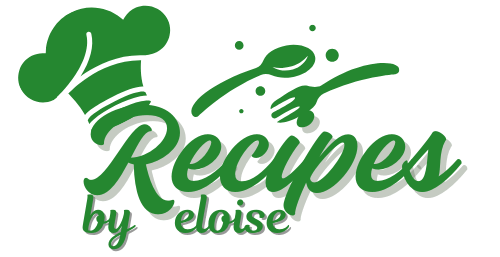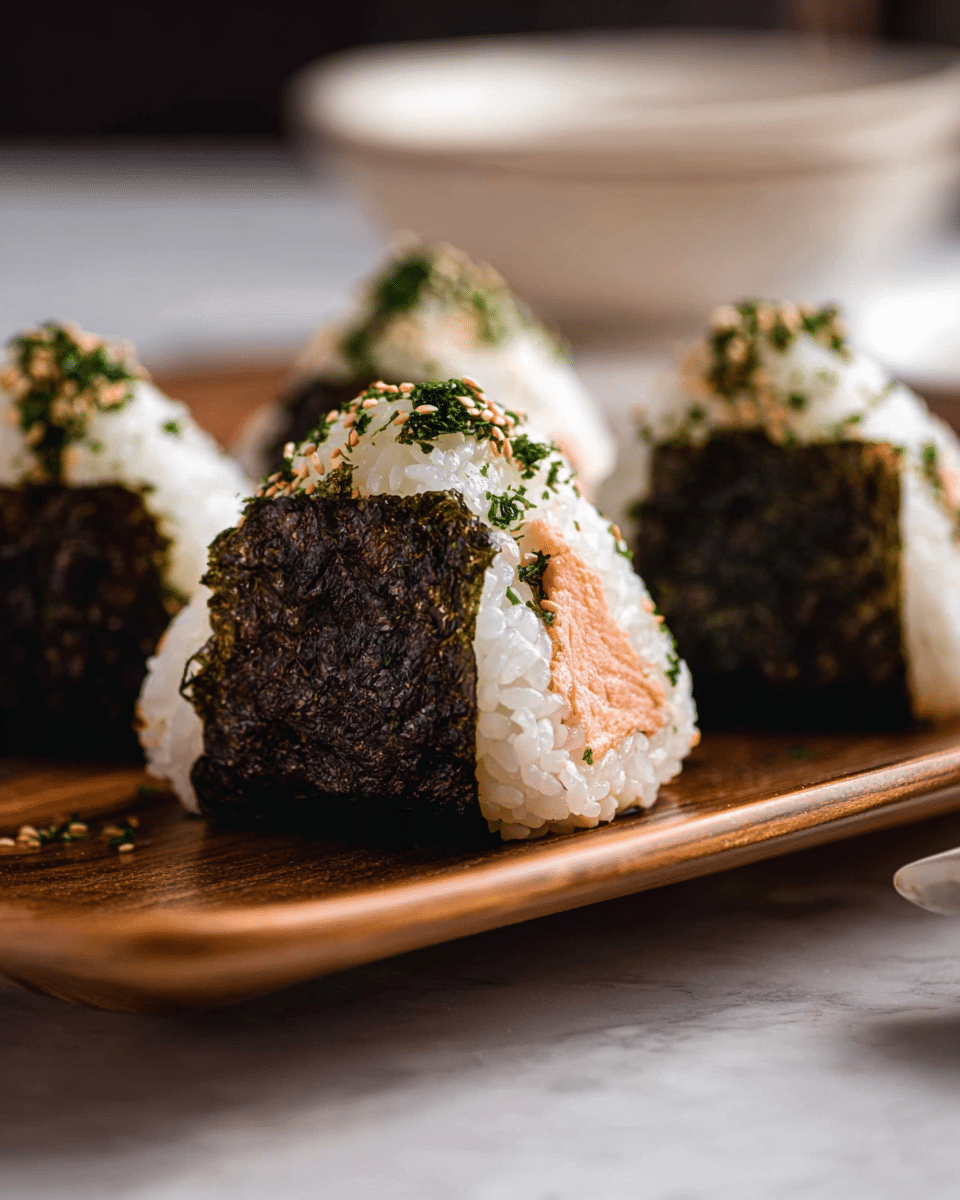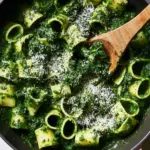A Brief History of Onigiri
Onigiri, also known as rice balls, has been a staple in Japanese cuisine for centuries. The dish is thought to have originated as a portable meal for soldiers and travelers in ancient Japan. Onigiri were typically packed with leftover rice and other simple ingredients, making them easy to transport and eat on the go. Over time, onigiri evolved into a popular homemade food item, often filled with ingredients like pickled plums (umeboshi), grilled fish, or even seasoned seaweed.
The salmon variant of onigiri has become particularly popular in recent years due to the increasing love for fish-based dishes, especially salmon. This variation adds a savory and umami-rich filling to the soft rice, creating a perfect combination of flavors. In addition to salmon, other fillings like tuna, shrimp, or vegetables can also be used, making onigiri a highly adaptable dish.
The Art of Making Salmon Onigiri
Making salmon onigiri is a simple process, but it requires a bit of technique to achieve the ideal texture and flavor. The key to great onigiri is using the right type of rice, usually short-grain or sushi rice, which has a sticky texture that helps the rice balls hold their shape. The rice is seasoned with a mixture of rice vinegar, sugar, and salt, which enhances the flavor and creates a slightly tangy undertone that complements the fish.
Salmon fillets are typically grilled or pan-fried before being flaked into small pieces and seasoned with soy sauce, sesame oil, and scallions. The combination of smoky salmon and savory seasonings provides a rich filling for the rice balls. Once the rice is slightly cooled, it is molded around the salmon filling to form a small triangle or ball shape. To finish, a strip of nori (seaweed) is often wrapped around the rice ball, adding a delightful crunch and an extra layer of flavor.
Cultural Significance of Salmon Onigiri
Onigiri holds a special place in Japanese culture, often serving as a comfort food or a portable meal. It is a dish that transcends occasions, from casual picnics to lunchboxes and even ceremonial offerings in Japanese temples. Salmon onigiri, in particular, has become a popular choice for those who enjoy the rich flavors of fish. It combines the comforting familiarity of rice with the health benefits and richness of salmon.
In Japan, onigiri is also considered a symbol of home-cooked meals and family traditions. Many families prepare onigiri together, especially when preparing bento (Japanese lunchboxes) for school or work. The process of making onigiri has become an enjoyable and meaningful family activity. This tradition has made onigiri, including salmon onigiri, a dish that is passed down through generations, loved by both young and old.
Why Choose Salmon Onigiri?
There are several reasons why salmon onigiri has gained popularity worldwide. First, it is a healthy meal option. Salmon is rich in omega-3 fatty acids, protein, and essential vitamins, making it an excellent addition to any diet. The rice in onigiri provides a good source of carbohydrates, while the addition of vegetables like scallions or spinach adds a nutritional boost. Additionally, onigiri is a versatile dish that can be made with a variety of ingredients based on personal preference.
Another reason for its popularity is the convenience of onigiri. It is easy to make and perfect for meal prep. Whether you’re looking for a quick lunch or a portable snack, salmon onigiri can be prepared ahead of time and stored for later. The dish is also highly customizable. For example, if you prefer a spicier flavor, you can add a bit of wasabi or chili flakes to the salmon filling. You can also substitute the salmon with other fillings like tuna, shrimp, or even roasted vegetables for a vegetarian version.
Serving Suggestions and Pairings
Salmon onigiri can be enjoyed on its own as a quick snack or served as part of a larger meal. It pairs wonderfully with pickled vegetables, miso soup, or a side of steamed edamame. The freshness of these sides complements the rich and smoky flavor of the salmon onigiri. For a more substantial meal, you can serve the onigiri with a side of sautéed greens or a salad with a tangy dressing to balance the richness of the salmon.
In Japan, onigiri is often eaten with a cup of green tea, which helps cleanse the palate and enhances the overall experience of the meal. For a more elaborate meal, you can create a full Japanese-inspired spread with dishes like teriyaki chicken, miso soup, and a variety of vegetable sides.
Tips for Perfect Salmon Onigiri
To achieve the perfect salmon onigiri, there are a few important tips to keep in mind:
-
Use high-quality rice: The texture of the rice is crucial to making good onigiri. Short-grain sushi rice is the best choice as it has the right level of stickiness to hold the rice balls together. Be sure to rinse the rice thoroughly before cooking to remove excess starch, which can make the rice too sticky.
-
Don’t overcook the salmon: When preparing the salmon, make sure it is cooked just right. Overcooking the salmon can result in a dry texture, which doesn’t mix well with the soft rice. Lightly pan-fry or grill the salmon until it is just cooked through, and then flake it into small pieces.
-
Wet your hands when shaping the rice: Onigiri can be a little tricky to shape if the rice sticks to your hands. To avoid this, dampen your hands with a bit of water before handling the rice. This will help keep the rice from sticking while you form it into a ball or triangle shape.
-
Season the rice properly: While plain rice is fine, seasoning the rice with a mixture of rice vinegar, sugar, and salt gives the onigiri a subtle tang that enhances the overall flavor. Be sure to let the rice cool slightly before handling it, as this will help it keep its shape.
Conclusion
Salmon onigiri is more than just a simple snack; it’s a dish with a rich history, cultural significance, and a timeless appeal. The combination of flavorful rice and savory salmon filling creates a satisfying and nutritious meal that can be enjoyed in various ways. Whether you’re making it for a quick lunch, a bento box, or a family gathering, salmon onigiri offers something for everyone. With its easy preparation, delicious taste, and health benefits, it’s no wonder that salmon onigiri has become a beloved dish around the world. Whether you’re a seasoned cook or a beginner, this recipe is sure to be a hit in your kitchen!






